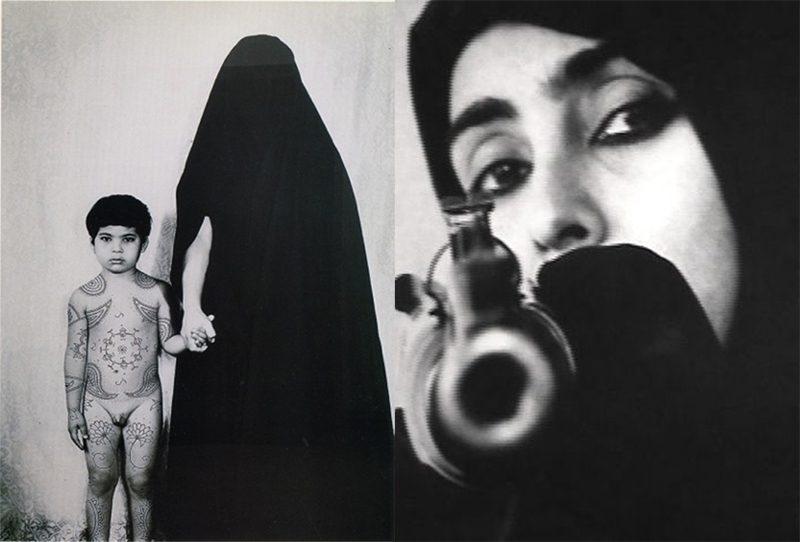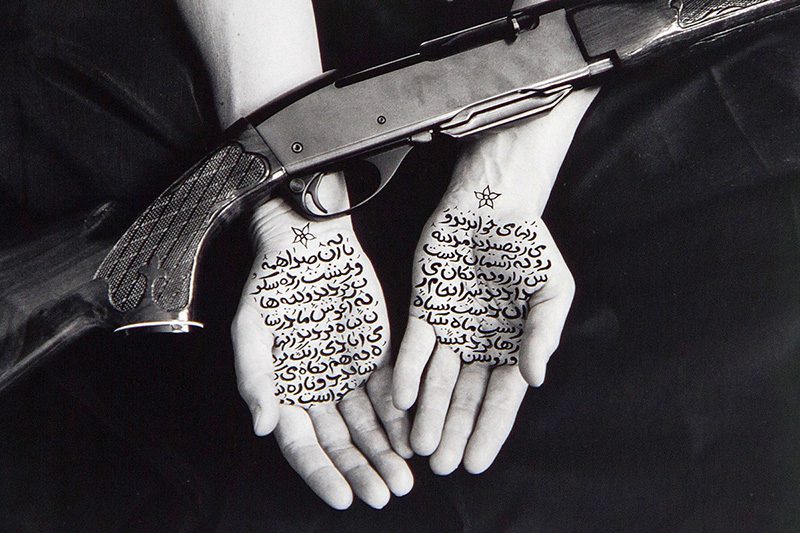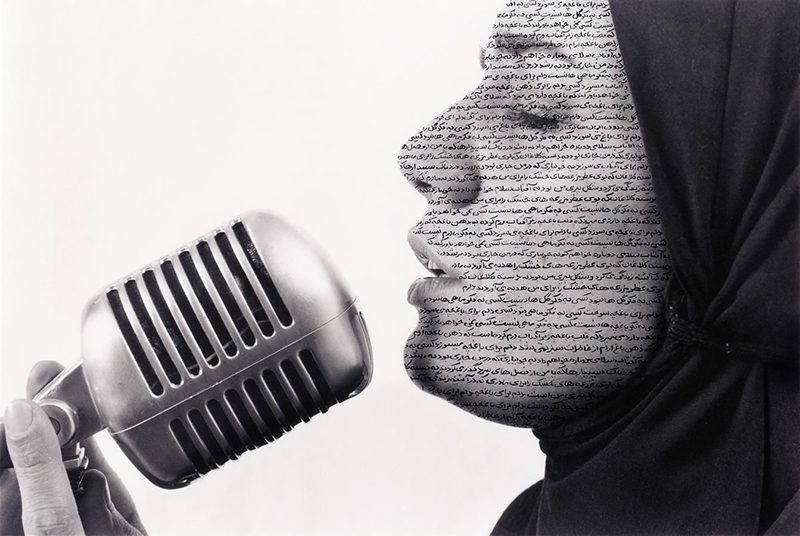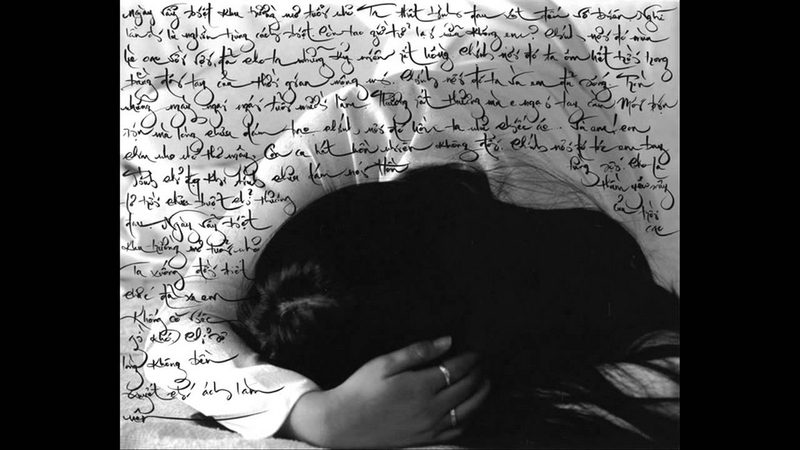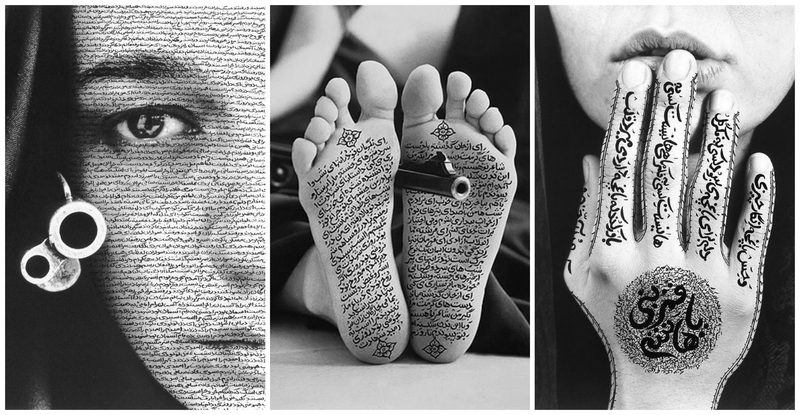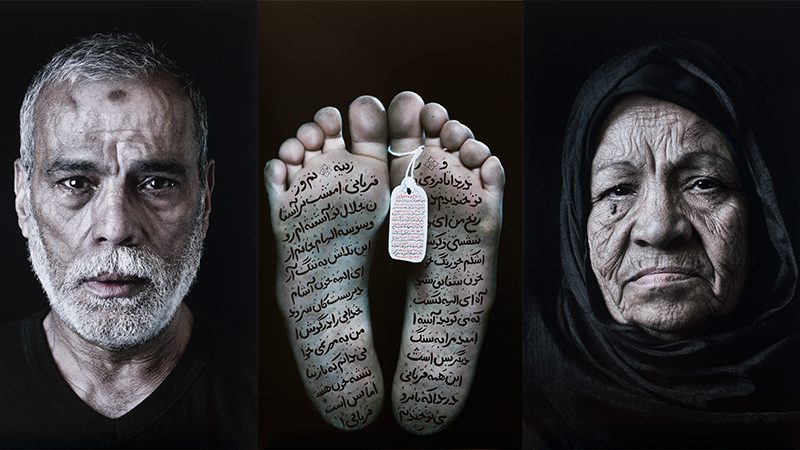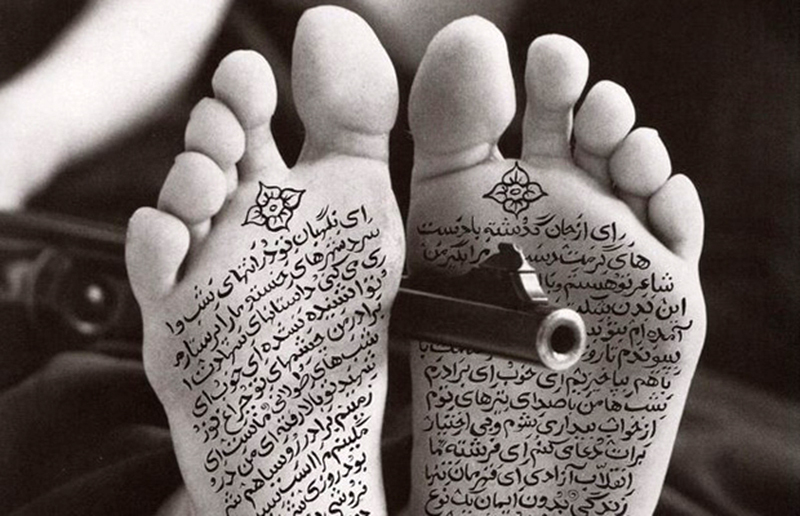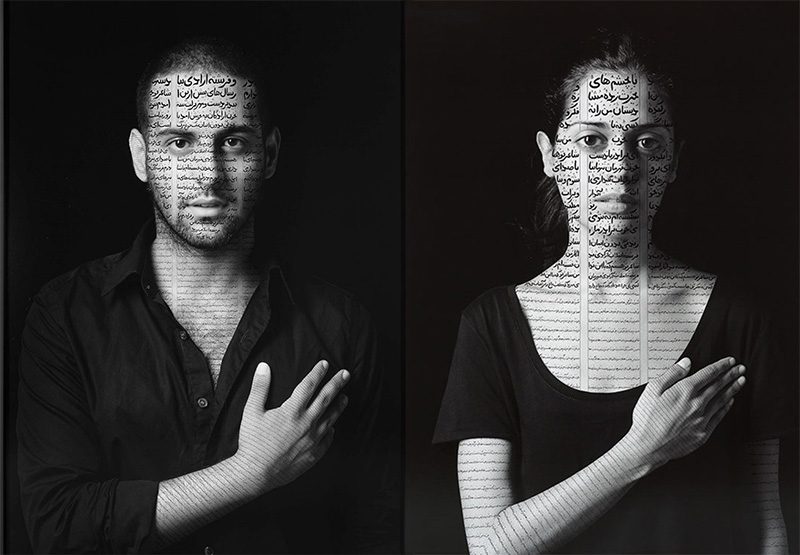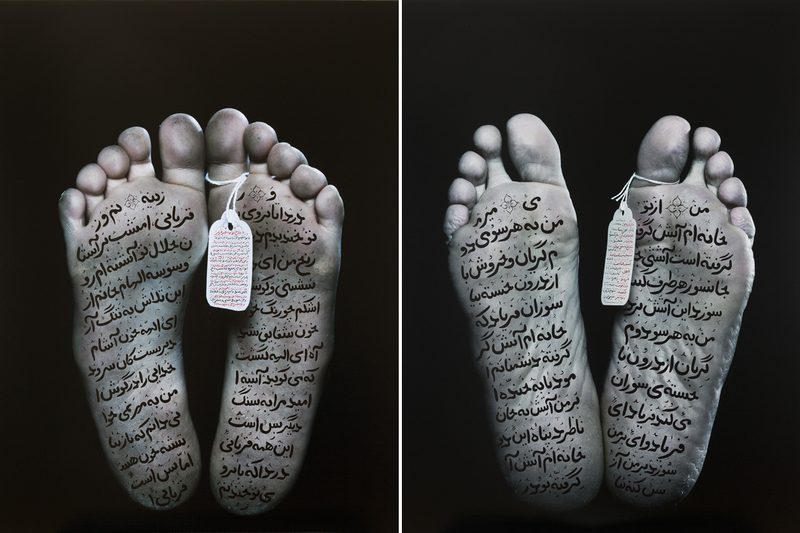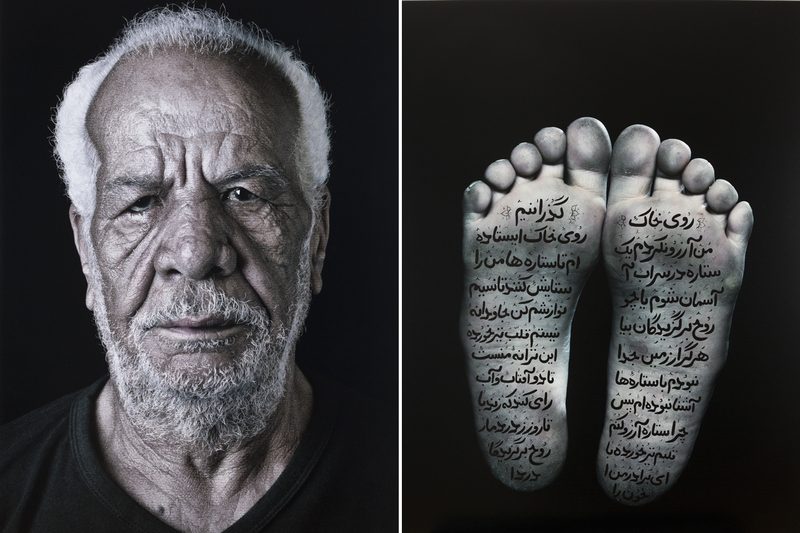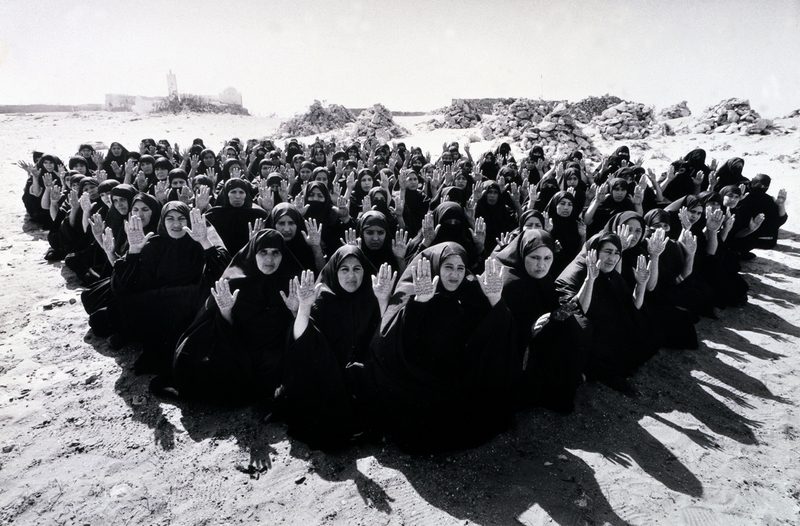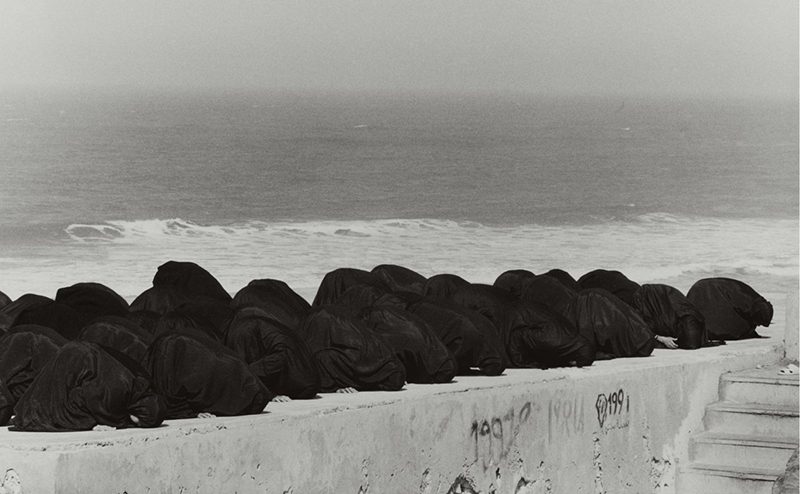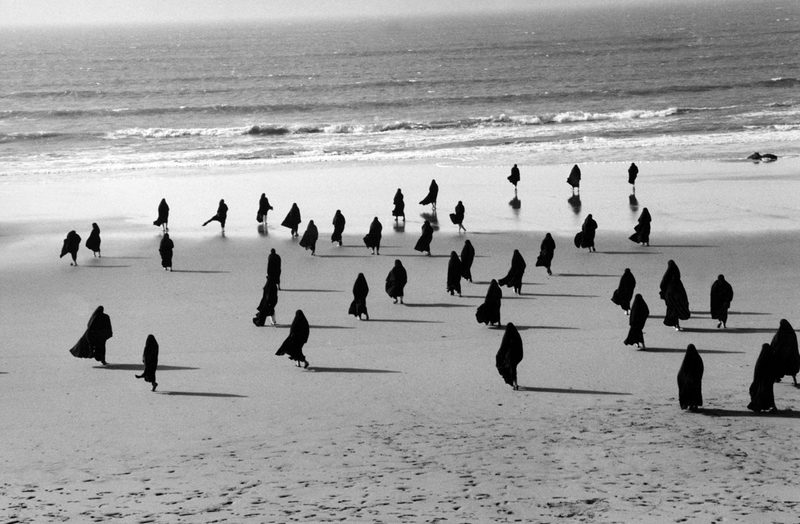TRACES:Shirin Neshat
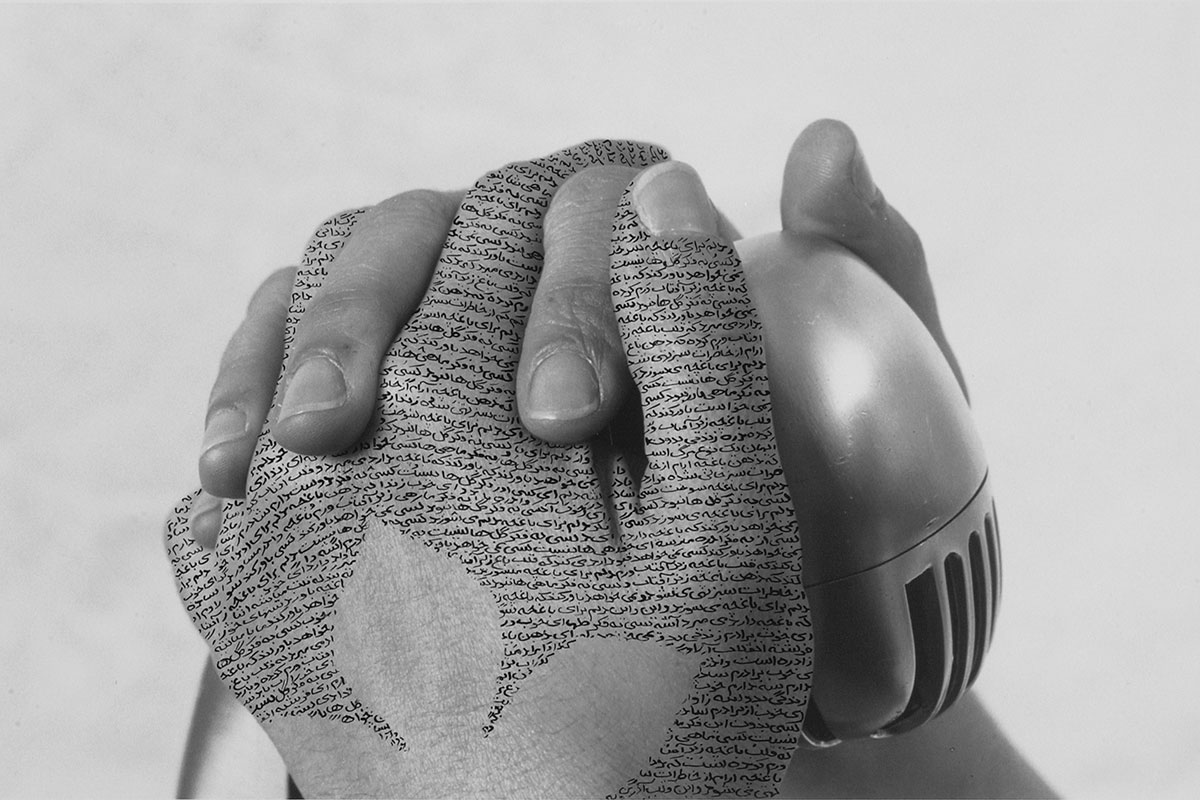 Today is the occasion to bear in mind the famous Iranian visual artist Shirin Neshat (26/3/57- ). Mythology, history, social events and the political situation in her country (Iran) is the source of inspiration for the work of Shirin Neshat (studied and works in U.S.A.), the emotions and personal life experiences and also the emphasizing of the important role played by women in the Iranian revolution, have also played an essential role in her artistic practice. But as she aimed about her art work: ‘’Μy approach to history has always remained metaphorical, as I’ve never felt qualified or interested in making work that is biased, or aims to express a specific interpretation, especially since I’ve always expressed myself from a distance, the diaspora’’. Through documents or interviews, starting with: moments and memories, we reveal out from the past-unknown sides of big personalities, who left their indelible traces in time and history…
Today is the occasion to bear in mind the famous Iranian visual artist Shirin Neshat (26/3/57- ). Mythology, history, social events and the political situation in her country (Iran) is the source of inspiration for the work of Shirin Neshat (studied and works in U.S.A.), the emotions and personal life experiences and also the emphasizing of the important role played by women in the Iranian revolution, have also played an essential role in her artistic practice. But as she aimed about her art work: ‘’Μy approach to history has always remained metaphorical, as I’ve never felt qualified or interested in making work that is biased, or aims to express a specific interpretation, especially since I’ve always expressed myself from a distance, the diaspora’’. Through documents or interviews, starting with: moments and memories, we reveal out from the past-unknown sides of big personalities, who left their indelible traces in time and history…
By Efi Michalarou
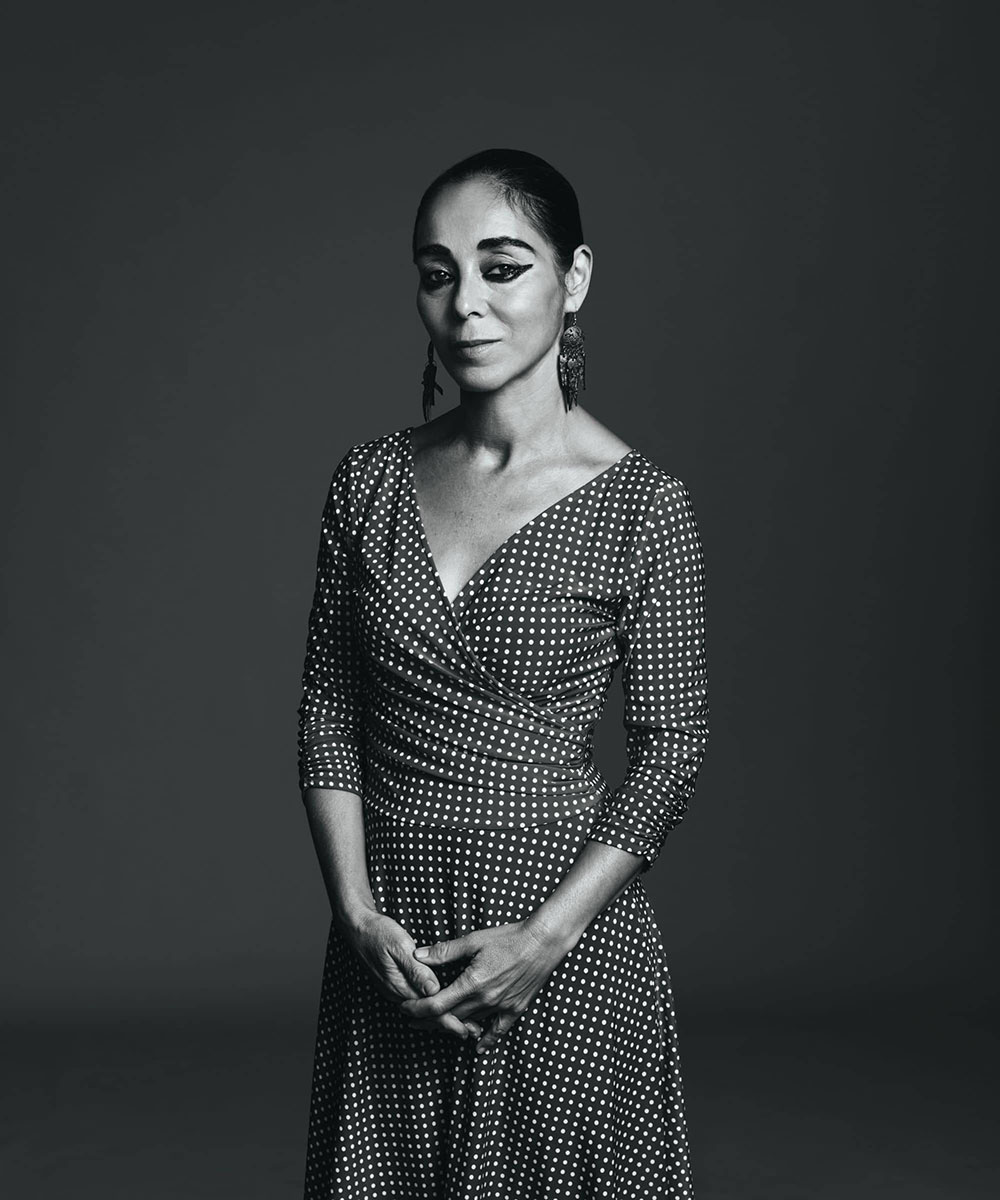 Shirin’s Neshat father was a physician and her mother a homemaker, she has stated about her father “He fantasized about the west, romanticized the west, and slowly rejected all of his own values, both my parents did. What happened, I think, was that their identity slowly dissolved, they exchanged it for comfort. It served their class”. As a part of Neshat’s “Westernization” she was enrolled in a Catholic boarding school in Tehran. Through her father’s acceptance of Western ideologies came an acceptance of a form of western feminism. Neshat’s father encouraged each of his daughters to “Βe an individual, to take risks, to learn, to see the world” and he sent his daughters as well as his sons to college to receive their higher education. She left Iran, to study art in Los Angeles at about the time that the Iranian Revolution occurred. About a year after the revolution, Neshat moved to the San Francisco Bay area and began studying at Dominican College. Eventually, she enrolled in UC Berkeley and completed her BA, MA and MFA. After graduating school, she moved to New York and married a Korean curator, Kyong Park, who was the director and founder of Storefront for Art and Architecture, a non-profit organization. Neshat helped Park run the Storefront, where she was exposed to many different ideologies and it would become a place where she received a much needed experience with and exposure to concepts that would later become integral to her artwork. Cindy Sherman, was the first person to buy Neshat’s work, at Annina Nosei Gallery in 1995. During this time, she did not make any serious attempts at creating art, and the few attempts were subsequently destroyed. In 1990, she returned to Iran. “It was probably one of the most shocking experiences that I have ever had. The difference between what I had remembered from the Iranian culture and what I was witnessing was enormous. The change was both frightening and exciting, I had never been in a country that was so ideologically based. Most noticeable, of course, was the change in people’s physical appearance and public behavior”. Neshat uses photography, calligraphy, poetry and cinema, to investigate the primary concepts of violence, passion and love for people and the fellow man through human history. In her work, bears witness to the capacity of human beings to simultaneously build and destroy what constitutes them and their civilizations. Combines poetic images with foreground human figures of all ages and writes up verses from the Quran or poetry, creating a stunning effect, where through the paradox, violence and contradiction, chronicles collective stories. The contrasts and dissonant rhythms created between the individual works are part of the exhibition’s layout, with the viewer experiencing a succession of powerful images, which are related indirectly visually and directly sociopolitical. The exhibition provides a complete picture of her work, since it includes works from different periods. These include the photographic series Neshat produced in the early 1990s and two video installations that address the historical, cultural, and political realities of the Arab world, on which the artist has focused for the past thirty years. In the photographic series, “Women of Allah” (1993-97), the artist expresses her position on the situation in Iran following the Islamic Revolution in 1979. In her more recent series, “The Book of Kings” (2012) and “Our House is on Fire” (2013), Neshat responds to political events throughout the Arab world, capturing the emotions of people she met after the Arab Spring. When Neshat first came to use film, she was influenced by the work of Iranian director Abbas Kiarostami. She directed several videos, she won the International Award of the XLVIII Venice Biennal (2009), the Silver Lion for best director for her video ’’Women Without Men’’, based on Shahrnush Parsipur’s novel of the same name. She said about the movie: “This has been a labour of love for six years… This film speaks to the world and to my country”. The most important exhibitions for her except the Venice Biennal, were: Documenta XI, the 2000 Whitney Biennial, and the 1999 Venice Biennale. In 2012 Shirin Neshat. In 2013 she was a member of the jury at the 63rd Berlin International Film Festival.
Shirin’s Neshat father was a physician and her mother a homemaker, she has stated about her father “He fantasized about the west, romanticized the west, and slowly rejected all of his own values, both my parents did. What happened, I think, was that their identity slowly dissolved, they exchanged it for comfort. It served their class”. As a part of Neshat’s “Westernization” she was enrolled in a Catholic boarding school in Tehran. Through her father’s acceptance of Western ideologies came an acceptance of a form of western feminism. Neshat’s father encouraged each of his daughters to “Βe an individual, to take risks, to learn, to see the world” and he sent his daughters as well as his sons to college to receive their higher education. She left Iran, to study art in Los Angeles at about the time that the Iranian Revolution occurred. About a year after the revolution, Neshat moved to the San Francisco Bay area and began studying at Dominican College. Eventually, she enrolled in UC Berkeley and completed her BA, MA and MFA. After graduating school, she moved to New York and married a Korean curator, Kyong Park, who was the director and founder of Storefront for Art and Architecture, a non-profit organization. Neshat helped Park run the Storefront, where she was exposed to many different ideologies and it would become a place where she received a much needed experience with and exposure to concepts that would later become integral to her artwork. Cindy Sherman, was the first person to buy Neshat’s work, at Annina Nosei Gallery in 1995. During this time, she did not make any serious attempts at creating art, and the few attempts were subsequently destroyed. In 1990, she returned to Iran. “It was probably one of the most shocking experiences that I have ever had. The difference between what I had remembered from the Iranian culture and what I was witnessing was enormous. The change was both frightening and exciting, I had never been in a country that was so ideologically based. Most noticeable, of course, was the change in people’s physical appearance and public behavior”. Neshat uses photography, calligraphy, poetry and cinema, to investigate the primary concepts of violence, passion and love for people and the fellow man through human history. In her work, bears witness to the capacity of human beings to simultaneously build and destroy what constitutes them and their civilizations. Combines poetic images with foreground human figures of all ages and writes up verses from the Quran or poetry, creating a stunning effect, where through the paradox, violence and contradiction, chronicles collective stories. The contrasts and dissonant rhythms created between the individual works are part of the exhibition’s layout, with the viewer experiencing a succession of powerful images, which are related indirectly visually and directly sociopolitical. The exhibition provides a complete picture of her work, since it includes works from different periods. These include the photographic series Neshat produced in the early 1990s and two video installations that address the historical, cultural, and political realities of the Arab world, on which the artist has focused for the past thirty years. In the photographic series, “Women of Allah” (1993-97), the artist expresses her position on the situation in Iran following the Islamic Revolution in 1979. In her more recent series, “The Book of Kings” (2012) and “Our House is on Fire” (2013), Neshat responds to political events throughout the Arab world, capturing the emotions of people she met after the Arab Spring. When Neshat first came to use film, she was influenced by the work of Iranian director Abbas Kiarostami. She directed several videos, she won the International Award of the XLVIII Venice Biennal (2009), the Silver Lion for best director for her video ’’Women Without Men’’, based on Shahrnush Parsipur’s novel of the same name. She said about the movie: “This has been a labour of love for six years… This film speaks to the world and to my country”. The most important exhibitions for her except the Venice Biennal, were: Documenta XI, the 2000 Whitney Biennial, and the 1999 Venice Biennale. In 2012 Shirin Neshat. In 2013 she was a member of the jury at the 63rd Berlin International Film Festival.

